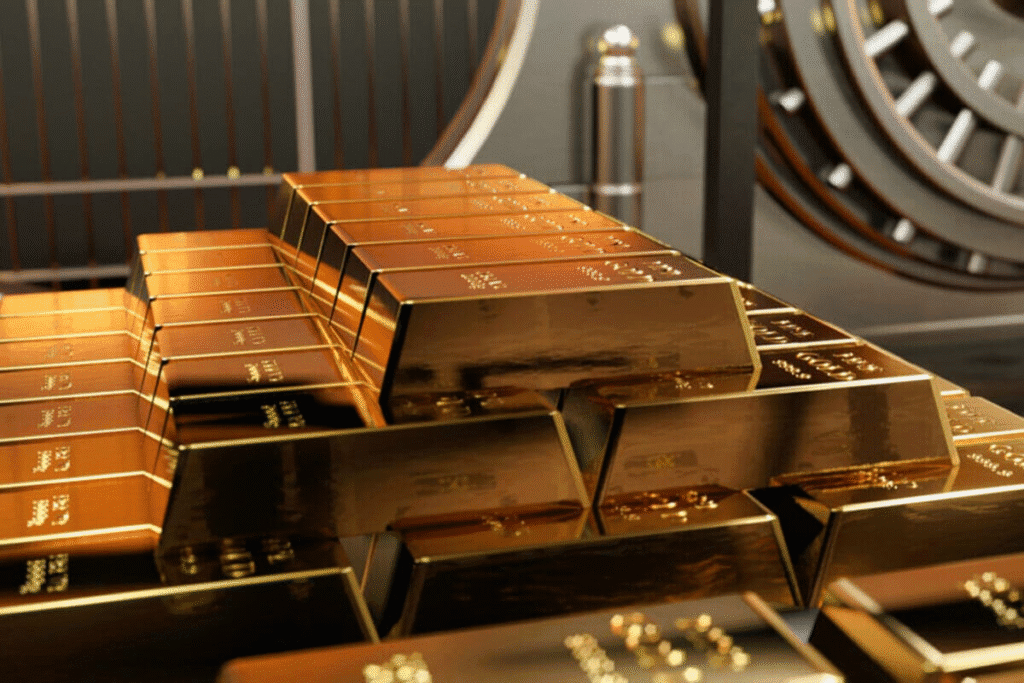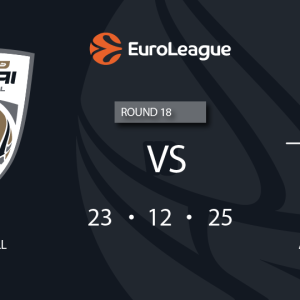In a powerful move underscoring economic resilience and strategic foresight, the Central Bank of the United Arab Emirates (CBUAE) expanded its gold holdings by more than 19% in the first quarter of 2025. This bold step marks a significant shift in the country’s financial architecture, placing greater emphasis on tangible, enduring assets in an era of global uncertainty.
The boost in gold reserves reflects the UAE’s continued commitment to fortifying its monetary stability and reinforcing its role as a regional economic powerhouse.
A Calculated Move in Uncertain Times
Global financial markets have been increasingly volatile, with shifting geopolitical dynamics, inflationary pressure, and fluctuating commodity prices. Amid this backdrop, the Central Bank’s decision to increase gold reserves isn’t just symbolic—it’s tactical.

Gold has long been viewed as a hedge against uncertainty. It doesn’t depend on the solvency of any government or financial institution. It’s physical, universally recognized, and maintains value over time. By significantly raising its holdings, the UAE sends a clear signal: stability and foresight are non-negotiable.
Strategic Diversification of National Reserves
For central banks, asset diversification is key to maintaining financial stability. The UAE’s decision to lean further into gold is part of a broader portfolio management strategy. While foreign currencies, government bonds, and sovereign funds remain essential, gold offers a unique kind of insurance—free from political risk and market-linked volatility.

This increase in gold holdings is also aligned with global central banking trends. More countries are returning to gold as a core reserve asset. For the UAE, the move aligns perfectly with its vision of becoming a global financial and trade hub with deeply rooted economic foundations.
Deposits Surge Across All Categories
In tandem with rising gold reserves, the domestic banking sector also experienced a surge in deposit volumes. Demand deposits, which represent the most liquid form of customer funds, rose significantly—indicating heightened consumer confidence and robust commercial activity.
Savings deposits also jumped, suggesting a growing financial cushion among residents and a healthy attitude toward future planning. Additionally, time deposits, typically used for longer-term savings and investments, showed a strong uptick, further reinforcing the UAE’s economic resilience and financial discipline at the household and corporate level.
These deposit increases collectively point to a well-functioning financial ecosystem—where people and institutions alike trust the safety and stability of the local banking system.
Digital Transfers Hit New Milestones

Another strong pillar of the UAE’s financial growth has been the unprecedented expansion of digital transactions. In the first quarter alone, the nation’s electronic fund transfer systems processed trillions of dirhams in movement—reflecting a maturing, highly active digital banking infrastructure.
This surge speaks volumes about the UAE’s technological advancement in the financial sector. Customers are becoming increasingly comfortable moving large amounts digitally, and banks are scaling their capabilities to handle these volumes securely and efficiently. It’s a sign of a modern, mobile, and confident economy that’s not afraid to embrace the future.
Cheque Usage Still Going Strong
Despite the surge in digital transfers, cheques remain a significant part of the UAE’s financial activity. Millions of cheques were processed during the first quarter, with billions in value exchanged. The continued reliance on cheques highlights the UAE’s hybrid banking landscape—where traditional methods still coexist alongside cutting-edge digital systems.
Rather than eliminating older systems, the financial sector appears to be integrating them, offering users choice and flexibility based on comfort, sector norms, and transaction size.
Cash Flow Signals Healthy Liquidity
Cash remains king for many, and the UAE’s Q1 figures show healthy circulation in both withdrawals and deposits. Billions in banknotes were withdrawn and deposited, revealing that physical currency still holds an essential role in the economy.
This is especially relevant in a region that values both high-tech innovation and deeply rooted financial customs. The strong flow of physical cash indicates robust liquidity, especially among small and medium-sized enterprises (SMEs), retailers, and sectors where cash remains the preferred mode of transaction.
A Nation Building Financial Immunity
With these moves, the UAE is fortifying its economic immunity. By building up a strong gold reserve, the Central Bank ensures that it has a cushion against future financial shocks. Whether it’s market crashes, currency devaluations, or geopolitical escalations, gold stands apart as a safeguard.
Combined with increasing banking deposits and massive digital infrastructure investments, the country is crafting a multilayered defense—both modern and traditional—to weather any economic storm.
This approach resonates deeply with the UAE’s long-term national vision, which emphasizes resilience, adaptability, and independence in economic policy.
The Psychological Edge: Confidence and Stability
A sharp increase in gold reserves isn’t just about numbers. It’s also a confidence move—a psychological play that sends a message to global investors, domestic banks, and the public: the UAE’s economy is strong, grounded, and prepared.
In times of uncertainty, perception often guides economic behavior. By increasing its gold holdings, the Central Bank isn’t only preparing for risk—it’s creating a sense of certainty. That certainty can influence investment, encourage lending, and inspire consumer spending. It’s a ripple effect that boosts the entire economic ecosystem.
Aligning with Vision 2030 and Beyond
These financial strategies are not isolated decisions—they are in harmony with the UAE’s broader Vision 2030 and long-term development goals. Building an economy that’s both diversified and resilient requires a robust financial base, which is what this move symbolizes.
It supports the country’s ambitions of leading innovation, attracting international investors, and positioning itself as a safe haven in the global financial system.
With its increasing gold reserves, growing digital capabilities, and healthy cash and cheque flows, the UAE is steadily laying down the economic infrastructure required for the next decade of growth.
What Could Be Next?

Looking ahead, analysts anticipate more gold purchases in future quarters, especially if global uncertainty persists. As interest rates, inflation, and geopolitical pressures continue to fluctuate, central banks worldwide may look to gold to anchor their reserves. The UAE, having taken an early lead, could influence regional and even global reserve trends.
There’s also speculation that the Central Bank may further invest in other tangible assets—real estate, strategic commodities, or even tokenized gold—as part of a broader shift toward real-world asset backing.
Moreover, the success of digital fund transfers may pave the way for the launch of a central bank digital currency (CBDC), which could eventually complement physical reserves with blockchain-backed financial instruments.
Final Thoughts
The Central Bank of the UAE has made a clear statement: foresight, strength, and stability define its financial strategy. The 19% jump in gold reserves is not just an economic metric—it’s a symbol of national resilience, global leadership, and long-term thinking.
In a world of rapid changes, few things offer both emotional and financial reassurance like gold. And as the UAE continues to balance tradition with innovation, it’s evident the nation is building a future where its economy is not only protected—but poised to lead.
Do follow UAE Stories on Instagram
Read More: Is it Legal to Use a VPN in Dubai? Unpacking the Rules














